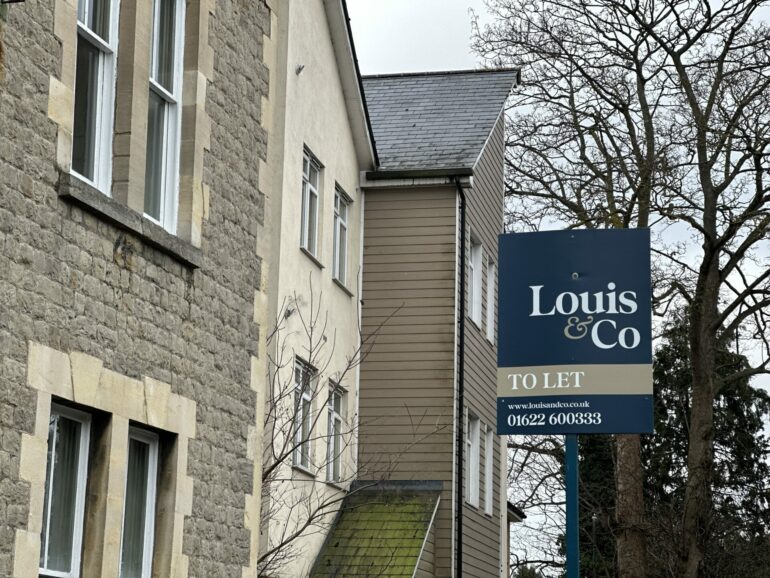Average rents could rise by 13% over the next three years, as today’s high market rates work their way through existing tenancies, research from Resolution Foundation has found.
In a report entitled ‘Through the roof: Recent trends in rental price growth‘, Resolution Foundation examined what lies behind the recent rent surge, and what this could mean for the coming years.
According to the findings, the cost of new tenancies has grown by 18% since January 2022.
The number of families privately renting almost doubled in a generation – from 11% in the late 1990s to nearly 20% today.
The proportion of poorer families headed by someone aged 30 to 49 that were renting almost tripled, from 11% in the mid-1990s to nearly 30% in 2021-22.
According to Resolution Foundation, the theory that rising interest rates have pushed up the cost of servicing buy-to-let (BTL) mortgages – forcing landlords to pass on these costs to their tenants – ignores the fact that landlords’ ability to pass on higher costs is constrained by the wider rental market.
If it were easy for landlords to unilaterally increase rents, they would likely have done so before 2022, the Foundation said.
There have also been concerns about interest rate rises and tougher regulation causing a mass exodus of landlords from the Private Rental Sector (PRS), reducing the supply of available homes.
However, the Foundation’s analysis of Bank of England data showed that there has only been a modest shrinking of the PRS since mid-2019, equivalent to just 1% of the sector.
Instead, research showed that the main causes of Britain’s private rents surge is a bounce-back from the pandemic and more recently fast rising wages.
Resolution Foundation noted that rents tend to track wages over the long-term – and that average private rents have remained roughly constant as a proportion of average earnings since 2000.
However, the disruption caused to the rental market by the pandemic, during which evictions and repossessions were halted, meant that rent levels fell to their lowest level on record relative to earnings, and, by early 2022, were nearly 5% lower than what a long-term trend would suggest.
Some of the recent surge in rental prices is therefore a post-pandemic ‘correction’, returning the UK’s rent-to-earnings ratio to its long-term trend.
This post-pandemic catch-up has been compounded by historically high nominal earnings growth in recent years, with average earnings rising by 13% since the beginning of 2022.
There is some good news on the horizon: with that catch-up now done and pay growth cooling, the surge in rents for new tenancies should come to a close.
Market rents for new tenancies have already begun to cool, falling from annual growth of 10.4% in June 2023, to 7.5% by March 2024.
However, the Resolution Foundation warned that although growth in rent levels for new tenancies is cooling, it could take years for the growth to make its way through the whole PRS.
New renters will pay higher rents, while existing tenants reaching the end of a tenancy or forced to accept within-tenancy price rises, will in future face large rent hikes.
Cara Pacitti, senior economist at the Resolution Foundation, said: “Millions of families agreeing new tenancies across Britain have faced surging rents in recent years, as we have emerged from the pandemic.
“Those rises for new tenancies are starting to slow, but how much renters actually pay will continue to outgrow how much they earn for some years to come as those not yet exposed to higher prices are hit.
“With more families renting privately, and renting for longer too, these rent surges are a bigger problem for Britain, and require bolder solutions from policy makers.
“Short-term solutions include regular uprating of Local Housing Allowance to support poorer families, and the ultimate longer-term solution is to simply build more homes.”



